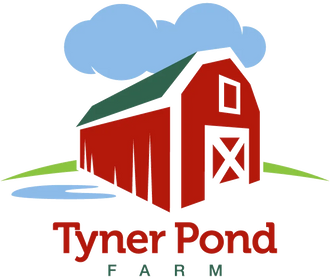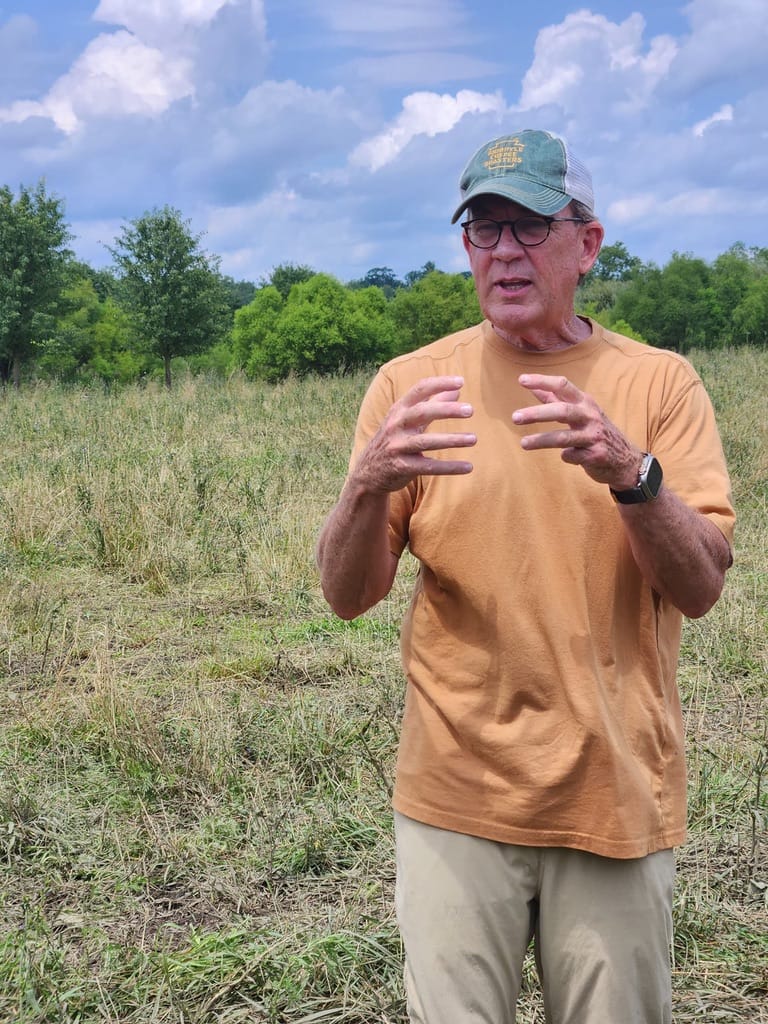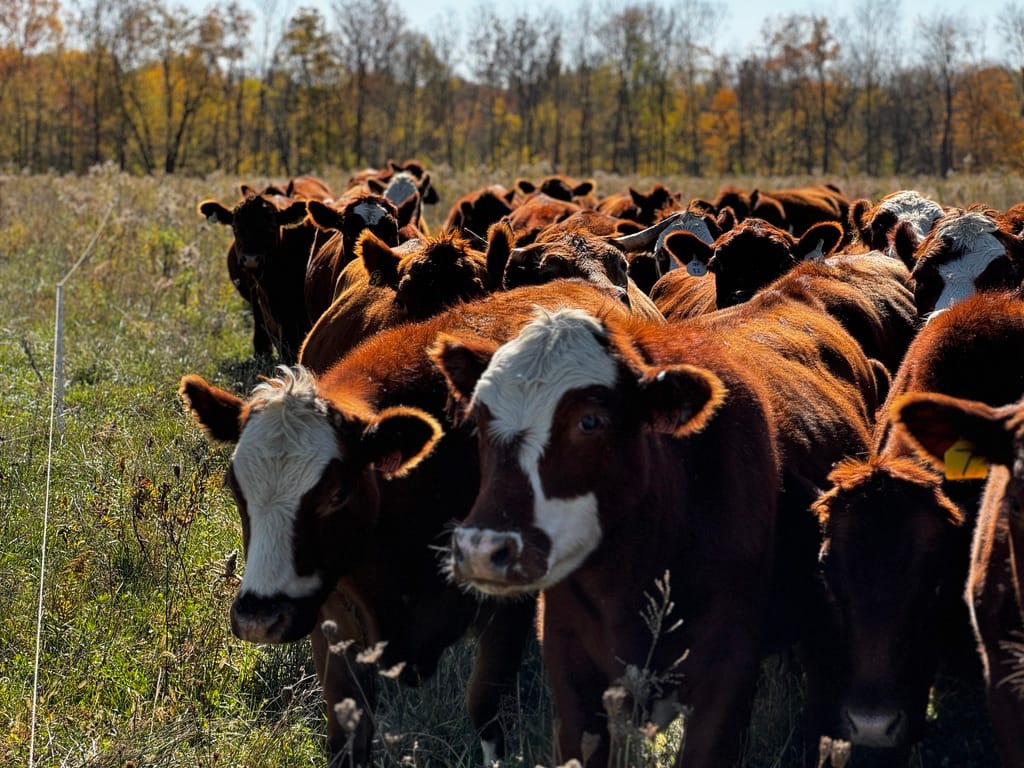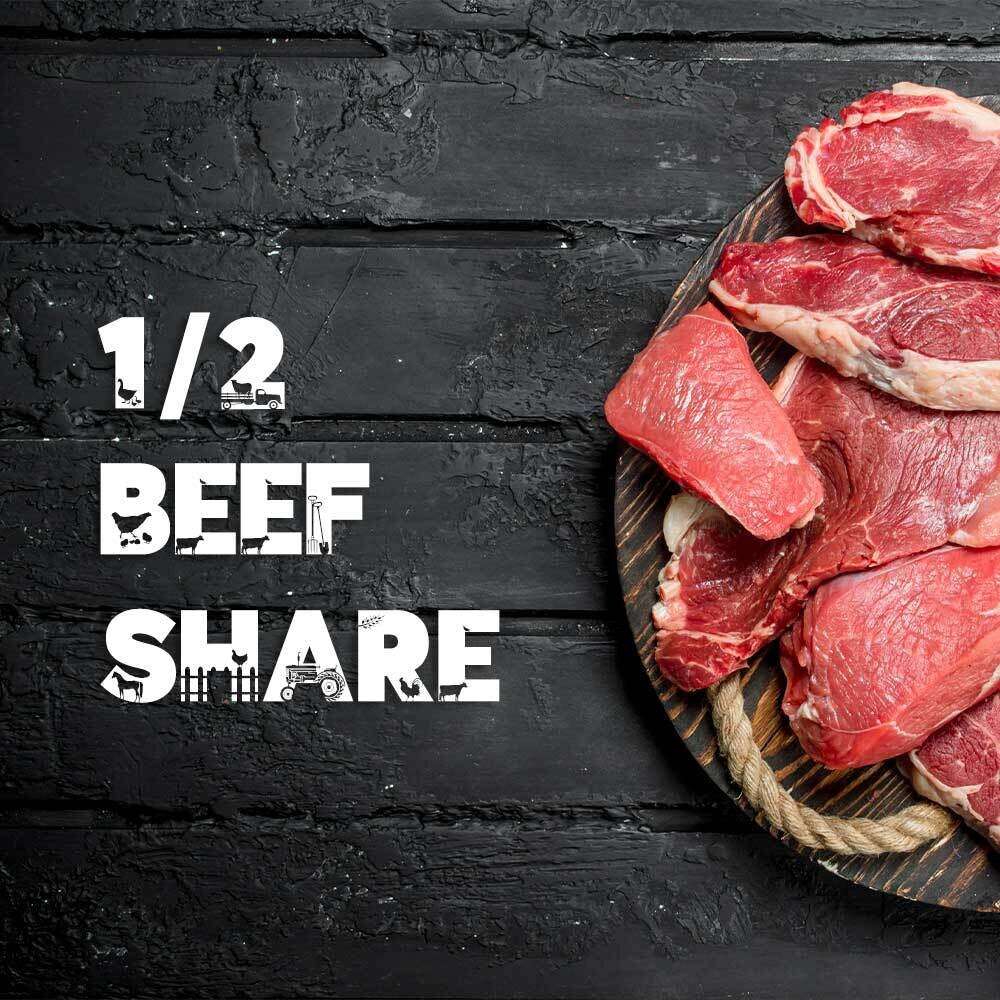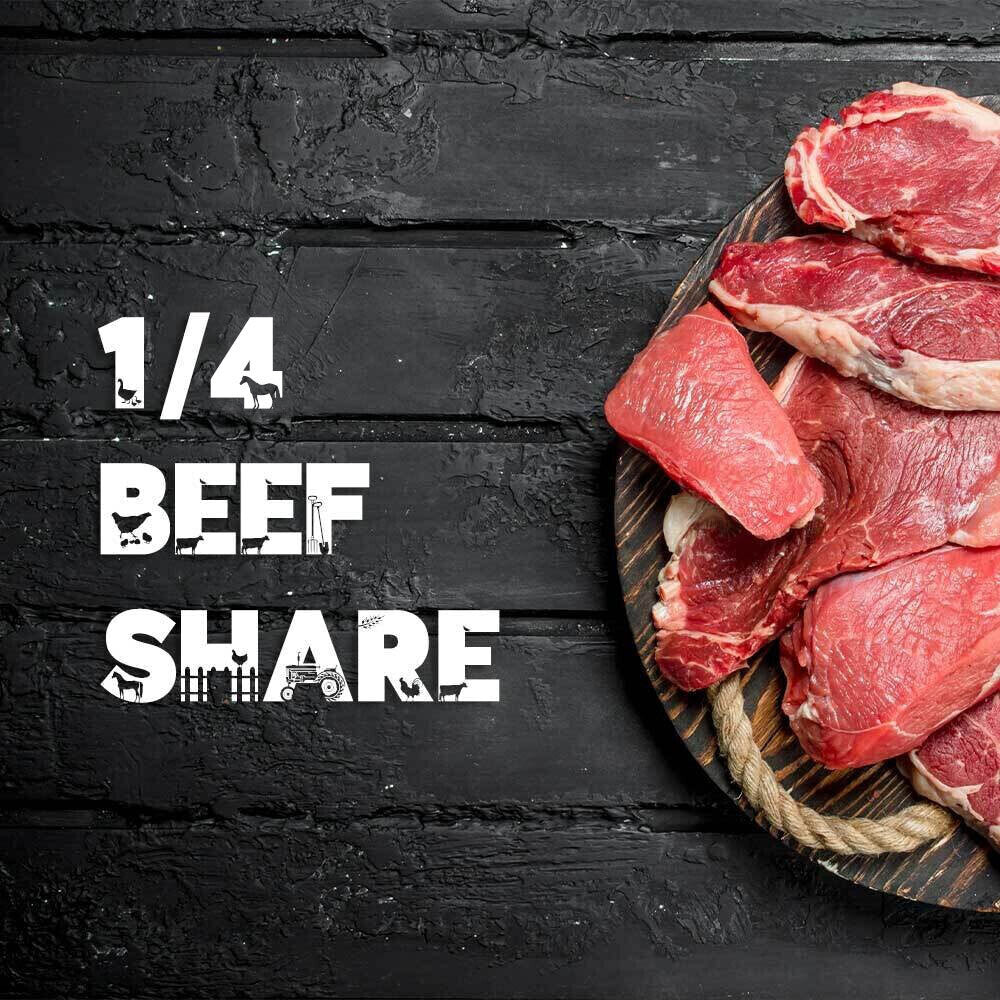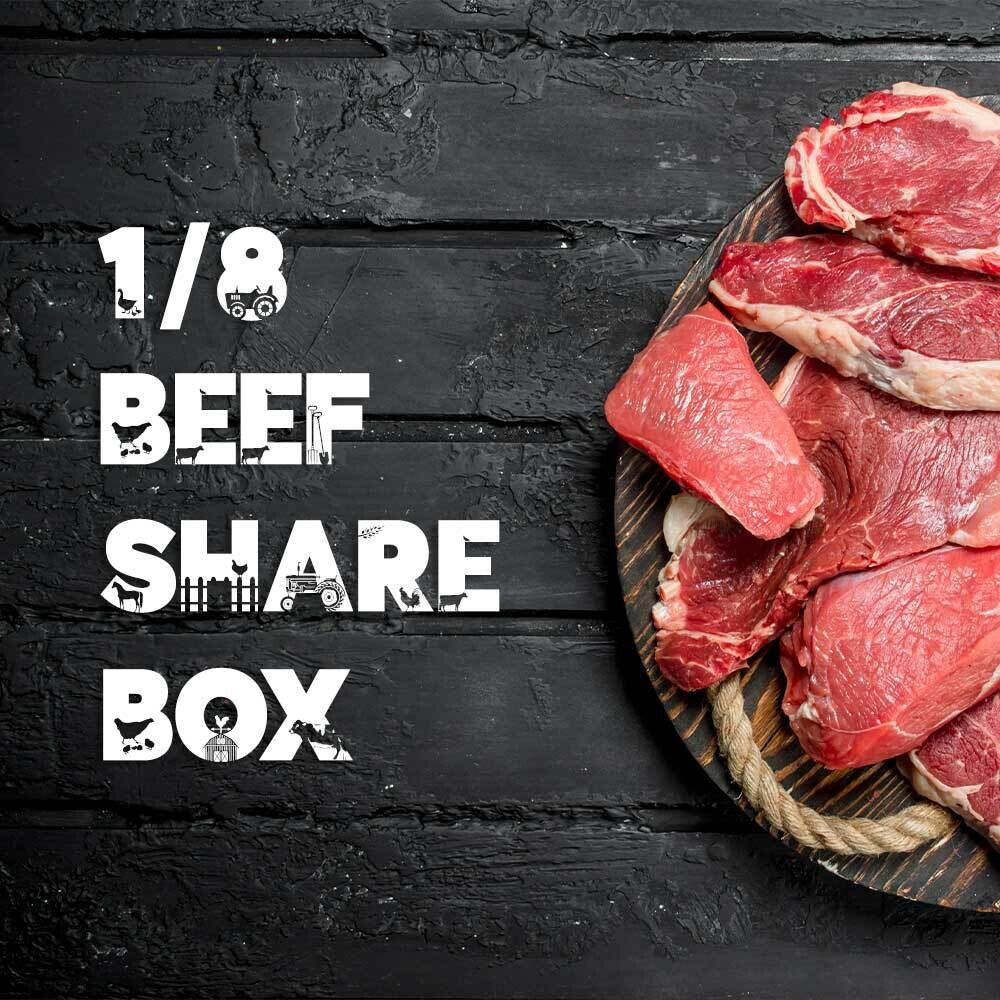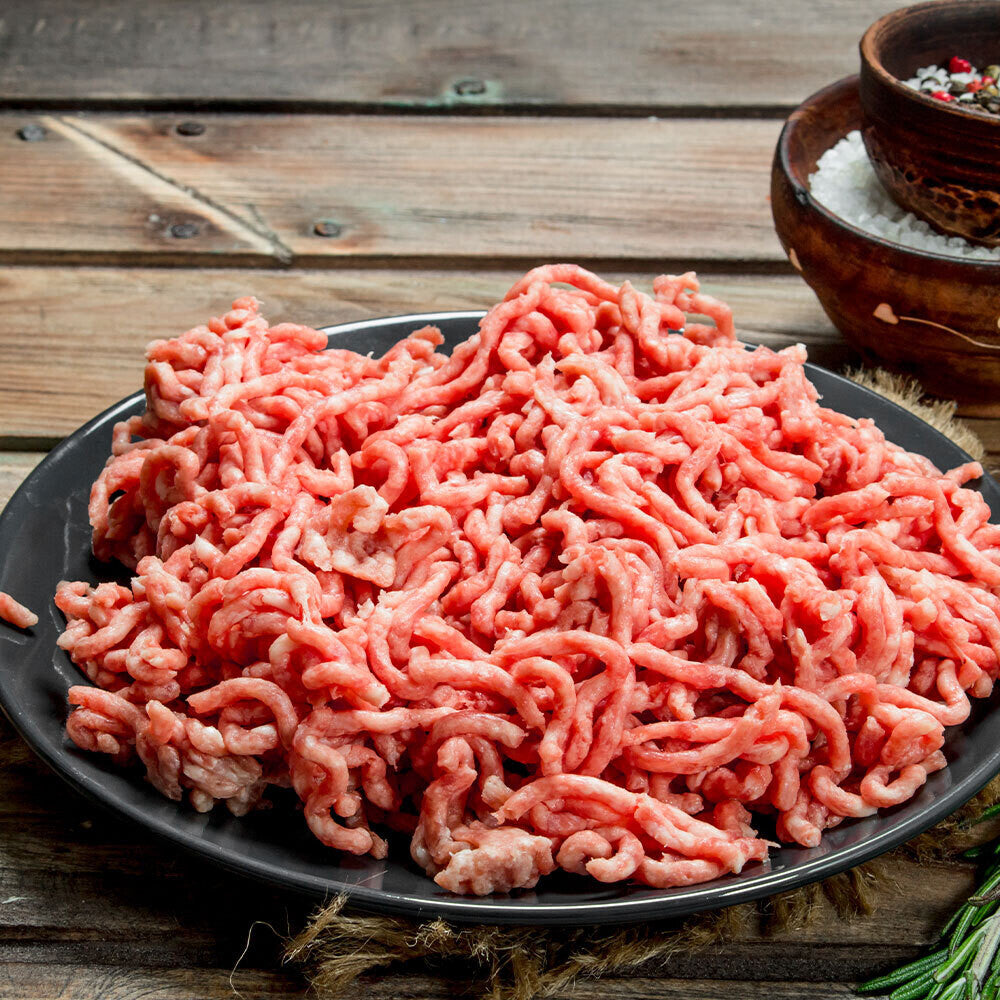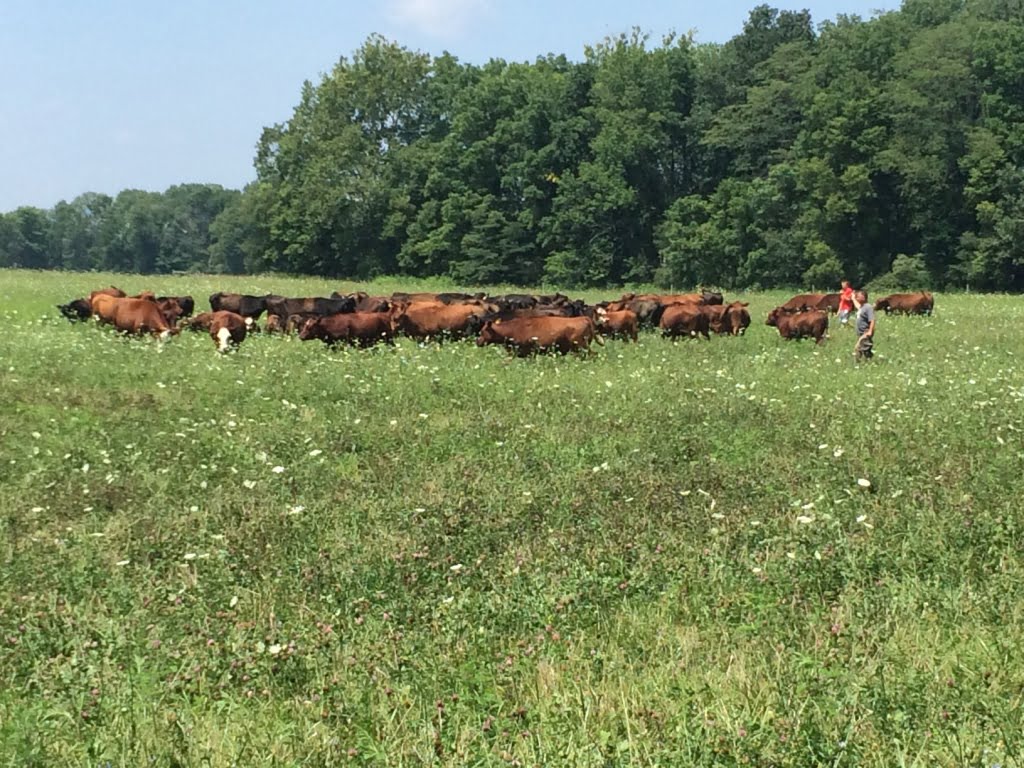
Why Tyner Pond Farm's Focus is on Grassland
Grassland ecosystems, like prairies and savannahs, have a substantial amount of their biomass below the ground in the form of roots. These root systems can be very deep, sometimes extending many meters into the soil. There are a few reasons this matters:
1. Water Conservation: Deep root systems allow grasses to access water from deeper soil layers, especially during dry periods. This provides them with a survival advantage in environments where water can be limited. 2. Soil Stability: The extensive root systems help bind the soil together, preventing erosion and maintaining soil health. 3. Nutrient Cycling: As roots die and decay, they add organic matter to the soil, enriching it and supporting a diverse microbial community. 4. Resistance to Grazing: Grasslands often have grazing animals. By storing the majority of their biomass underground, these plants can quickly regrow after being grazed. 5. Fire Resistance: Grasslands are also prone to fires. With most of their biomass and growth points (like meristems) below the surface, grasses can regenerate quickly after a fire.This underground biomass is a major reason why grasslands are considered carbon sinks, as they sequester significant amounts of carbon in their roots and the surrounding soil. Grasslands have about 90% of their biomass underground, primarily in deep root systems. These roots help grasses access deep water reserves, stabilize soil, enrich it with organic matter, and provide resilience against grazing and fires. This extensive underground system also makes grasslands effective carbon sinks.
Tags:
Previous post
Are Grass-Fed Cows Actually Grass-Fed? Getting to the Truth
Next post
